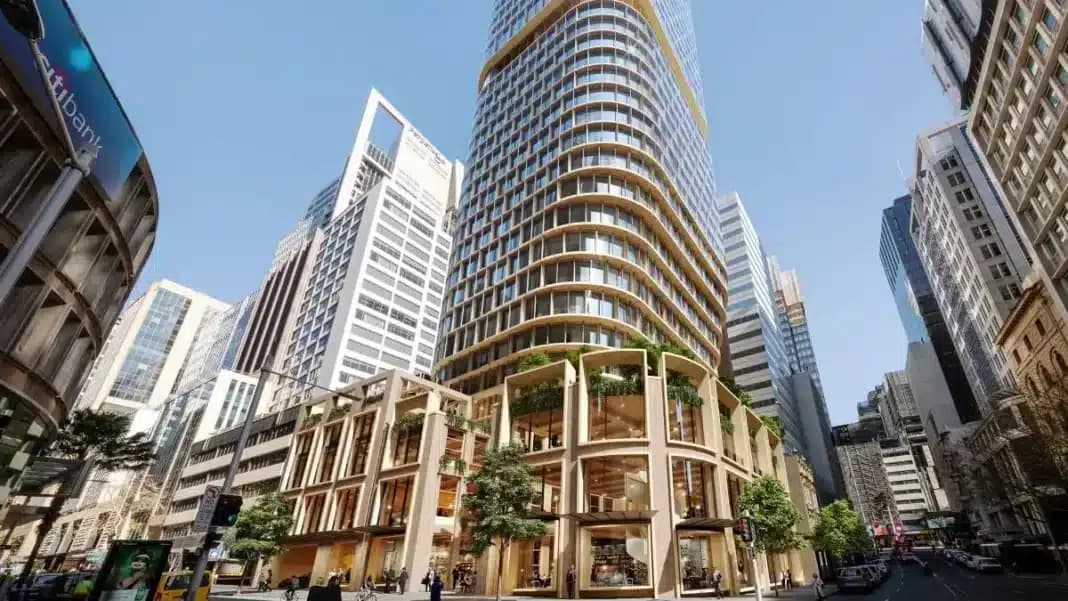The world’s largest mass timber conference was underway in Portland, Oregon, USA, and had attracted a mass gathering of more than 2000 experts in the field.
The 7th annual International Mass Timber Conference from March 27-29 explored building systems such as CLT, glulam, mass plywood panels, dowel-laminated timber … and the obstacles in global design, construction, development, and manufacturing.
The conference was run by the Forest Business Network based in Montana and had attracted 60 speakers and 130 exhibitors.
In recent weeks, Arnie Didier, the founder of the Forest Business Network, had spoken about the importance of forest health in driving Mass Timber.
Australian representation: a great opportunity to strengthen partnerships
Australia was represented by Andrew Dunn, CEO, Timber Development Association, who also joined industry tours of mass timber building and manufacturing plants in the region.
Mr. Dunn, who had a Civil-Structural Engineering degree from the University of Sydney and a Masters of Timber Engineering from Central Queensland University, had 33 years’ experience in the building industry.
"“The conference is a great opportunity for showcasing Australia’s mass-timber manufacturing and building industry, while connecting with stakeholders and strengthening partnerships on a global level.”
Andrew Dunn would provide a report about the conference exclusively for Wood Central in the coming weeks.
Strong Canadian presence at the conference: Mass Timber Action Plan
British Columbia Minister for Trade Jagrup Brar, who headed a mission from Canada, met industry leaders, investors, and government officials to showcase the province’s mass-timber industry, attract foreign direct investment, and build on existing relationships.
“Mass-timber construction played an important role in advancing ‘CleanBC’ climate goals by providing a smaller carbon footprint that lasted throughout the life of the building, compared to using concrete,” Mr. Brar said.
In October 2021, the British Columbia government had released its 2030 carbon roadmap (‘CleanBC’). Footage was provided by @ProvinceofBC.
‘CleanBC’ was British Columbia’s commitment to lowering carbon emissions by 40% over the next seven years. With low embodied timbers playing a key role in achieving that goal:
“The trade mission to Portland supported the goals of British Columbia’s Mass Timber Action Plan, which mapped the way to reducing greenhouse gas emissions, boosting the value-added forest economy, creating a future workforce that was more inclusive, resilient, and adaptable, and creating economic opportunities for people in every part of the province.”
He said the plan built on British Columbia’s strong economic recovery and worked to address two long-standing challenges – inequality and climate change – by closing the skills gap, building resilient communities, and helping businesses and people transition to clean-energy solutions.
One of the world’s largest real estate developers, Hines Global Real Estate, is using mass timber to de-risk its portfolio – turning away from mega steel and concrete-based projects to build faster and leaner timber builds.
With over US $93.2 billion in assets under management, Hines has developed, redeveloped, or acquired more than 1,700 buildings across 30 countries, with more than 150 buildings under construction.
Through its Timber, Transit, Technology (T3) portfolio—covered by Wood Central last week—it preaches the benefits of mass timber and offsite manufacturing to build the next generation of A-grade commercial assets.


